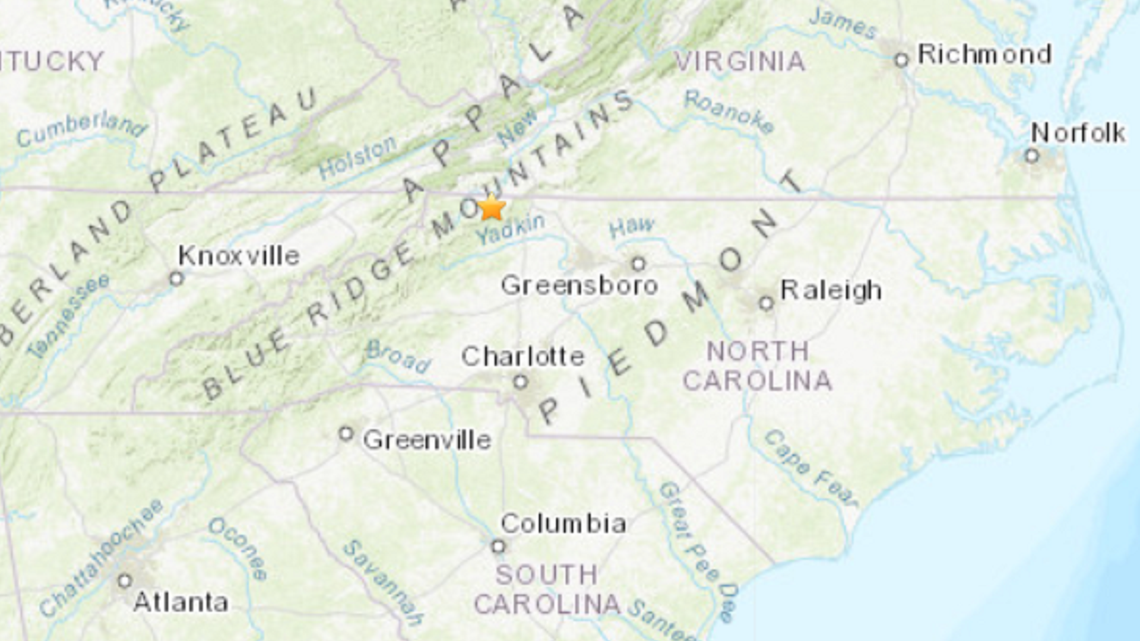On _March 21, 2023, a moderate earthquake with a magnitude of 4.2_ struck near Henrico, Virginia. The quake’s epicenter was located approximately seven miles north of downtown Richmond, and tremors were felt as far away as Maryland and North Carolina.
The earthquake caused widespread shaking and damage in the Henrico area. Buildings sustained cracks, windows shattered, and power lines were downed. Initial reports indicate no major injuries or fatalities, but several homes and businesses have been deemed uninhabitable.
Henrico is located in the Atlantic Coastal Plain region, which is generally considered seismically inactive. However, the area has experienced several small earthquakes in recent years, including a magnitude 3.2 quake in 2021.
The Henrico earthquake serves as a reminder of the potential seismic risks in areas that are not traditionally considered earthquake-prone. While the quake was moderate in size, it highlights the importance of earthquake preparedness and mitigation measures.
Emergency crews responded quickly to the earthquake, assessing damage and providing assistance to affected residents. The Virginia Department of Emergency Management has activated the State Emergency Operations Center to coordinate response efforts.
Experts believe that the Henrico earthquake was caused by movement along a previously unknown fault line. Dr. Maya Gupta, a seismologist from Virginia Tech, said, “This event shows that we need to better understand the seismic hazard in the Atlantic Coastal Plain region and take steps to mitigate potential risks.”
Some residents have expressed concern about the possibility of larger earthquakes in the future. Dr. Gupta emphasized the need for public education and preparedness, stating, “It’s important for people to be aware of the risks and know what to do in the event of an earthquake.”
The Henrico earthquake was a reminder of the seismic risks that can exist even in areas that are not traditionally considered earthquake-prone. It highlighted the importance of preparedness and mitigation measures, as well as the need for continued research into seismic activity in the Atlantic Coastal Plain region.
As the recovery efforts continue, authorities and experts will continue to assess the damage and develop strategies to address long-term risks and vulnerabilities.

